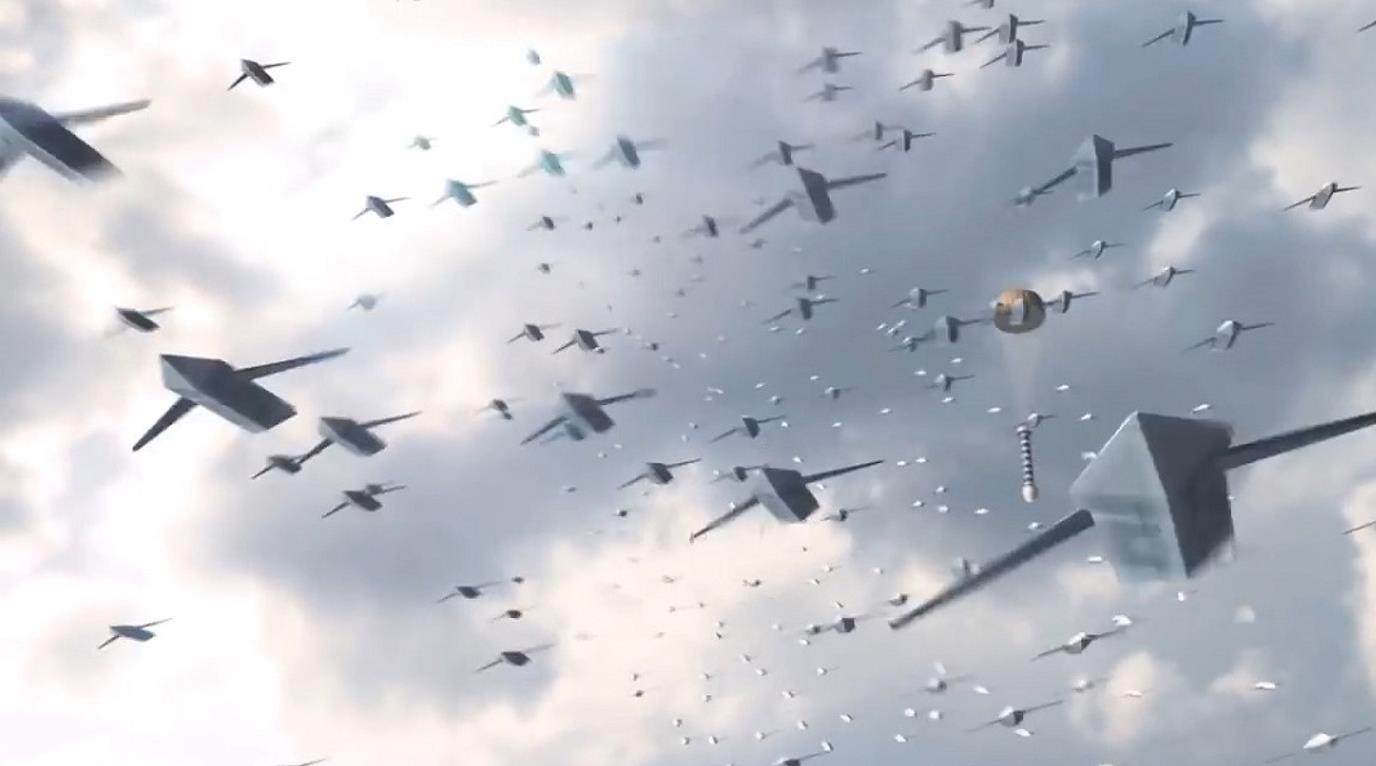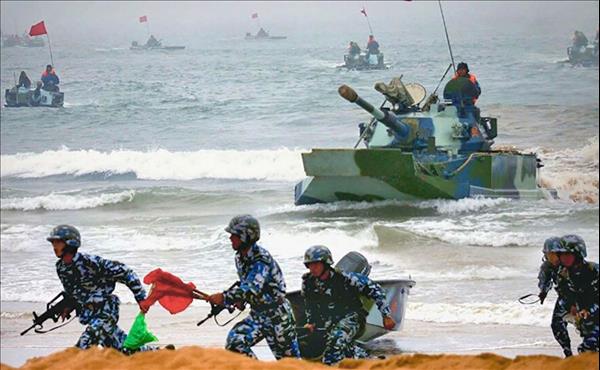(MENAFN- Asia Times) The US and its allies may still be able to repel a Chinese invasion of Taiwan but any such clash would come at a massive cost, a recent simulation report shows.
This week, the Washington DC-based think tank center for strategic and international studies (csis) released a report wargaming a 2026 Chinese conventional amphibious invasion of Taiwan. The simulation ended with a sobering conclusion that defending the self-governing island would come with staggering losses for the US, Japan, Taiwan and China.
The report projects grim casualty figures even in its most optimistic scenario, noting that the US and Japan combined lost 449 combat aircraft and 43 ships, including two aircraft carriers, and that the US lost 6,960 personnel with 3,200 killed in action in the simulation. The report states that Taiwan lost half its air force, 22 ships and 3,500 ground troops, with a third of that number killed in action.
For China, the report states it lost 138 ships, 155 combat aircraft and 52,000 ground troops. Of China's ground troop losses, the report mentions 7,000 battle casualties, with a third of that number killed in action, 15,000 troops lost at sea with half assumed killed, and 30,000 prisoners of war (POW) from landing force survivors on Taiwan.
The report mentions four critical assumptions for a US victory in defending Taiwan. First, as China's logistics weaken, Taiwan must hold the line to contain China's beachhead and counterattack in force. Second, the US and its allies must accept that there is no“Ukraine model” for Taiwan since China can blockade the island for weeks or months, preventing the resupply of equipment and supplies.
Third, the US must be able to use its bases in Japan, as the latter is the critical linchpin of US operations in Taiwan. Fourth, the US must be able to strike China's warships from outside the latter's anti-access/area-denial (A2/AD) bubble.
However, the CSIS report cautions that a Pyrrhic US victory may ultimately undermine deterrence, with the US losing more than China in the long run. It also mentions that China may risk an invasion of Taiwan should it sense the US is unwilling to sustain such heavy losses.

Artist's concept of a drone swarm. Credit: C4ISRNET
These assessments align with previous assessments about a Pyrrhic US victory in defending Taiwan. for example, asia times has reported on a 2020 simulation by the US Air Force's Warfighting Integration Capability (AFWIC) office and RAND that showed drone swarms could be decisive in defeating an invasion of Taiwan, projecting that autonomous drone swarms can defeat the A2/AD capabilities China may seek to deploy.
However, China's evolving cyber warfare capabilities, the potential for cyberattacks and bandwidth limitations mean drone swarms may not be a war-winning tactic. The AFWIC simulation in 2020 resulted in a Pyrrhic US victory, foreshadowing the results of CSIS' more recent simulation.
To be sure, there are strong arguments against a Chinese invasion. In an august 2022 foreign policy article , James Palmer writes that China still believes it can reunify Taiwan peacefully. Palmer mentions that China may aim to do this by coercion and subversion rather than outright war. He notes that the Chinese Communist Party (CCP) has spent big in building ties with the opposition Kuomintang Party as well as organized crime groups in Taiwan.
reuters reported in december 2021 that China's spies have extensively penetrated Taiwan's military, undermining its leadership, eroding its will to fight and extracting classified information about Taiwan's defense plans and classified weapons. The report claimed Chinese spies have even penetrated the Taiwanese Presidential Guard.
Palmer notes that China is likely aware that invading Taiwan would entail unacceptable costs, as China has not fought a large-scale war since the Korean War in 1950 and the catastrophic 1979 Sino-Vietnamese War. He writes that while China may have invested heavily in its military, it has had not an opportunity to test its capabilities, doctrines or technologies in a conflict situation.
This assessment aligns with expert opinion from a july 2022 csis discussion about China's military logistics. CSIS experts noted that China is still deficient logistically in transporting an invasion force across the Taiwan Strait and has tried to supplement its military logistics using civilian shipping companies.
The CSIS experts also note that while China has come up with numerous novel warfighting doctrines, such as“intelligentized warfare” involving AI and other advanced technologies, China has no established traditional military doctrine on which to fall back if its invasion of Taiwan flounders.

Tourists look on as a Chinese military helicopter flies past Pingtan island, one of mainland China's closest points to Taiwan, in Fujian province on August 4, ahead of massive military drills off Taiwan. Photo: Twitter / JIJI
Palmer mentions that any Chinese invasion of Taiwan would bring on a direct military confrontation with the US and that such a showdown would risk nuclear escalation. He also notes the reputational, economic and political costs of an invasion of Taiwan, which would result in heavy sanctions imposed on Chinese entities that curtail China's access to key Western markets.
in a november 2022 article for csis , Jude Blanchette notes that an invasion of Taiwan would likewise be a Pyrrhic victory for China. Blanchette says that even without US intervention, an invasion of Taiwan would dramatically and negatively affect China's exports, financial markets, business sentiment and currency exchange rate.
Moreover, Blanchette notes that in the event of a US intervention, most of the fighting will happen adjacent to China's most populous and economically vital provinces, which would most likely not be spared the carnage.
asia times has reported on Taiwan's secret missile arsenal that can hit China's major population centers, including Beijing and Shanghai, which could stoke a widespread backlash against any war on the island. Blanchette says that even if China were to occupy Taiwan, it would face a hostile population, a shattered economy and substantial diplomatic consequences, all of which may raise the cost of occupation to unacceptable levels.
asia times has also reported on a possible US“scorched earth” strategy for Taiwan, wherein the US aims to blow up Taiwan's prized semiconductor fabs in the event of an invasion to prevent their capture by China.
The destruction of these facilities will cripple China's war effort, as China heavily depends on Taiwan's semiconductor industry for critical civilian and military applications. Moreover, the resulting economic damage could potentially threaten the Chinese Communist Party's hold on power.






















Comments
No comment